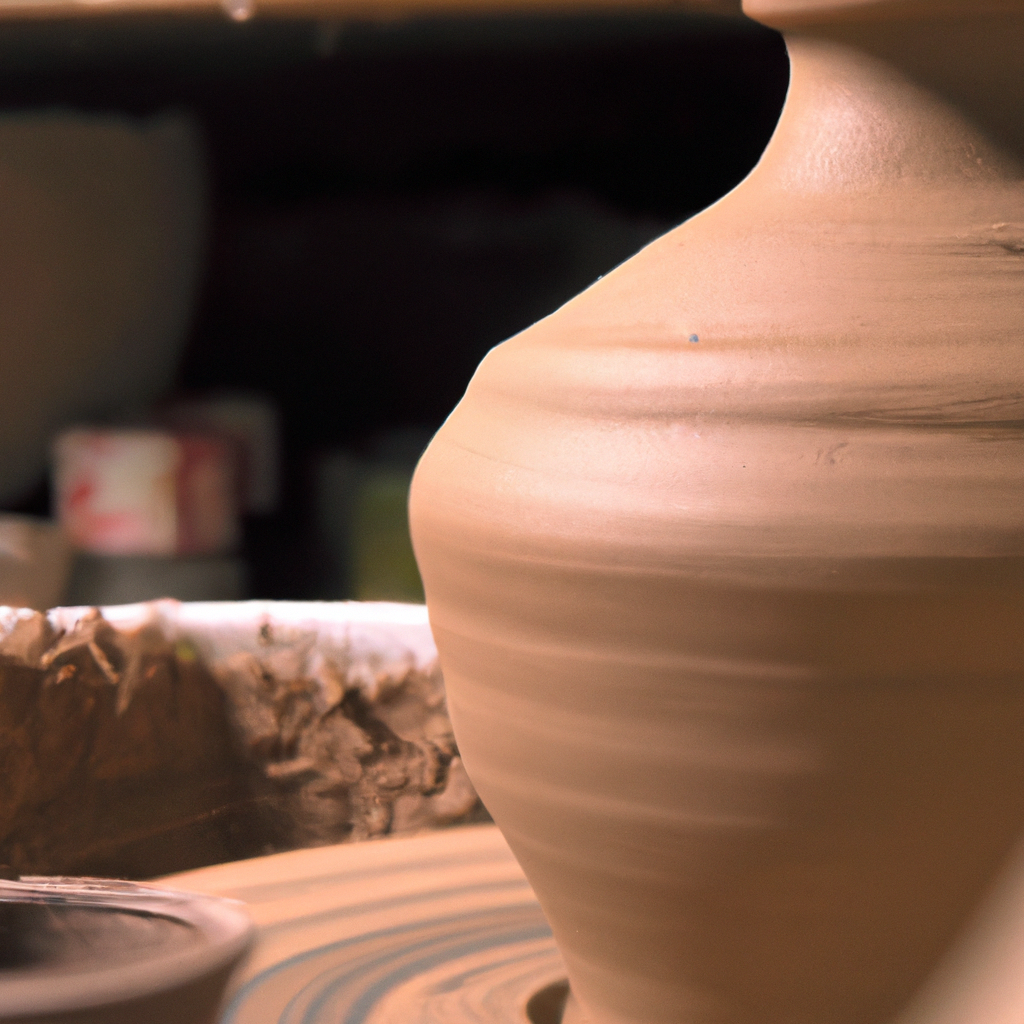Traditional pottery has been a part of human civilization for thousands of years. The process of making pottery has evolved over time, but the basic techniques and tools used remain the same. Handcrafted pottery is a form of ceramic art that requires skill, patience, and creativity. In this article, we will explore the process of making traditional pottery, the pottery techniques involved, and the different types of clay pottery.
The Process of Making Pottery
The process of making pottery involves several stages, including preparing the clay, shaping the clay, firing the pottery, and glazing or decorating the finished product.
1. Preparing the Clay: The first step in making pottery is preparing the clay. The clay is usually mined from the ground and then mixed with water to form a workable consistency. The clay must be free of impurities such as rocks or roots, which can cause the pottery to crack or break during firing.
2. Shaping the Clay: Once the clay is prepared, it is shaped into the desired form using different pottery techniques. There are several ways to shape clay, including hand-building, mold-making, and throwing on a pottery wheel.
3. Firing the Pottery: After shaping the clay, the pottery must be fired to harden it and make it durable. Firing can be done in a kiln or an open fire pit. The temperature and length of time the pottery is fired depend on the type of clay used and the desired result.
4. Glazing or Decorating the Finished Product: Once the pottery is fired, it can be glazed or decorated to enhance its appearance. Glazing is a process in which a thin layer of liquid glass is applied to the surface of the pottery. This layer is then fired at a high temperature, which causes it to melt and adhere to the pottery. Decorating can be done using various techniques such as painting, carving, or stamping.
Pottery Techniques
There are several pottery techniques used in traditional pottery making. These techniques include:
1. Hand-building: Hand-building is the process of shaping clay by hand without the use of a pottery wheel. This technique is used to create unique, one-of-a-kind pieces of pottery.
2. Mold-making: Mold-making is the process of creating a mold of a specific shape that can be used to create multiple copies of the same piece of pottery.
3. Throwing on a Pottery Wheel: Throwing on a pottery wheel is the most common pottery technique used today. It involves spinning a wheel while shaping the clay with your hands. This technique produces symmetrical and uniform pieces of pottery.
4. Coiling: Coiling is a technique used to create pottery by stacking coils of clay on top of each other and then smoothing the surface with a tool or your fingers.
Types of Clay Pottery
There are several types of clay pottery, each with its own unique characteristics. Some of the most common types of clay pottery include:
1. Earthenware: Earthenware is a type of pottery that is fired at a low temperature and is usually porous. It is often used for decorative or utilitarian purposes.
2. Stoneware: Stoneware is a type of pottery that is fired at a high temperature and is non-porous. It is durable and often used for tableware and cooking vessels.
3. Porcelain: Porcelain is a type of pottery that is fired at an extremely high temperature and is non-porous. It is translucent and often used for decorative purposes.
Conclusion
In conclusion, the process of making traditional pottery is a complex and time-consuming art form that requires skill, patience, and creativity. Handcrafted pottery is a form of ceramic art that has been a part of human civilization for thousands of years. The pottery techniques used in traditional pottery making include hand-building, mold-making, and throwing on a pottery wheel. There are several types of clay pottery, each with its own unique characteristics, including earthenware, stoneware, and porcelain. Whether for decorative or utilitarian purposes, pottery art continues to be a beloved and enduring art form.







